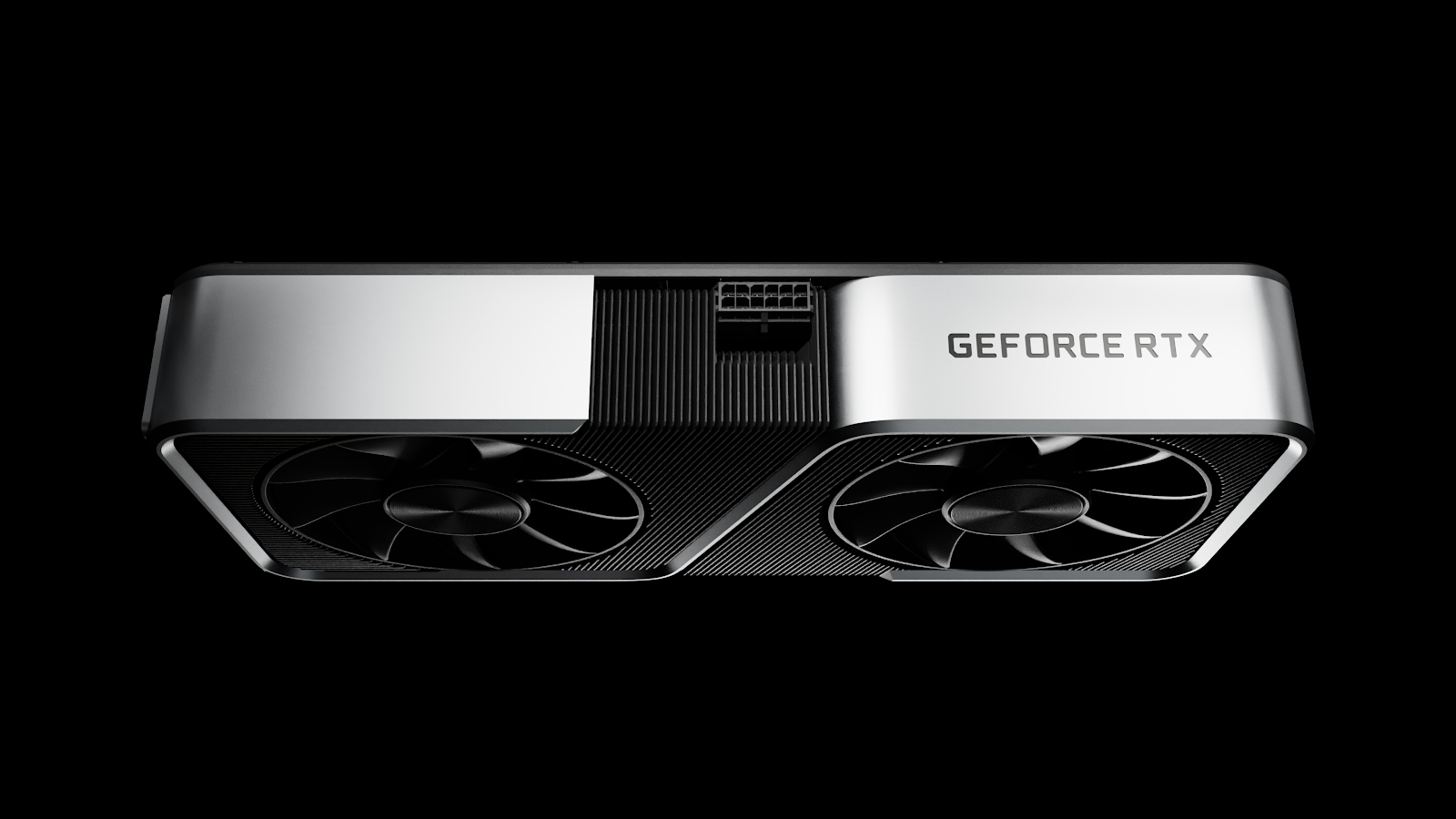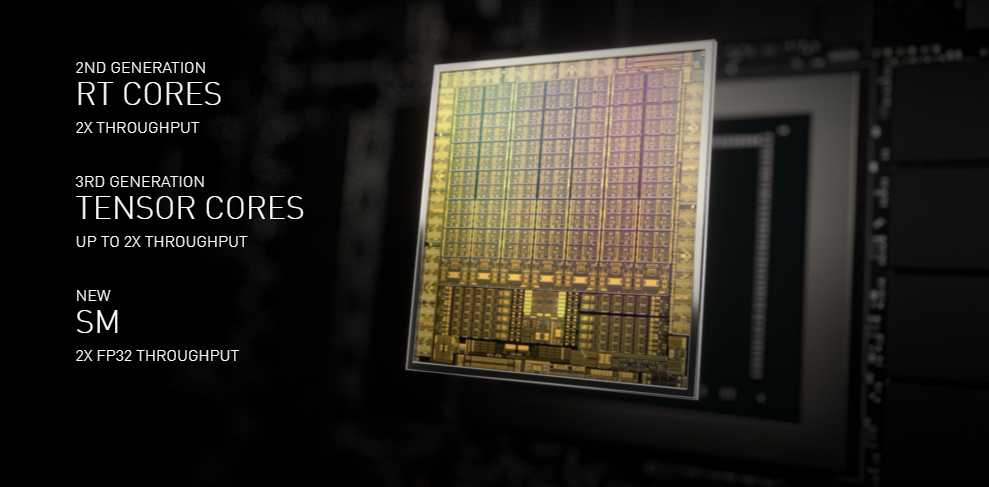
As has become tradition, Nvidia announced their new Ampere 30-series cards in reverse order. They started with the flagship, high end cards and then slowly told us about the mid-range options. The latest mid-range Ampere GPU to be officially announced is the 3060 Ti. Weíll be honest, itís an exciting release.
The Specs are Spectacular

We haven't seen a generation-on-generation performance jump like this since the 10-series and in some ways this is even more shocking. The numbers on the 3060 Ti arenít far off cards that were selling for $1000 mere months ago.
The 3060 Ti packs 4864 CUDA cores, which is 512 more than a 2080 Ti! It also has a higher base clock and very similar boost clock. Itís also important to remember that the CUDA cores are a newer generation, which means they can do more per-clock than those of the 20-series. However, the 3060Ti does fall down somewhat when it comes to memory, where it has a significantly narrower 256-bit bus and only 8GB of VRAM compares to the 11GB youíll find on a 2080Ti. Itís not therefore a card that actually beats the 2080 Ti, which makes sense since this was the big selling point for the RTX 3070.
A $400 RTX 2080S?
So whatís the nearest card from the previous generation? According to the benchmarks weíve seen, the 3060Ti stands toe-to-toe with the 2080S. A card that very nearly made the 2080 Ti obsolete from a price to performance viewpoint. Itís probably more accurate to say that the 3060 Ti sits somewhere between the 2080S and the 2080Ti, but the relative lack of memory bandwidth puts a strain on things when hitting resolutions such as 4K.
While the list price of the 2080S was about $700, youíd be lucky to ever get it at that price. With something closer to $1000 being more realistic. The same could perhaps be said of the 3060 Ti, but in our experience itís easier to find cards close to MSRP lower down the range than up. Thatís mainly because card yields are much better for mid-range GPUs.
After all, youíre likely getting a cut down card that didnít validate all of the compute units needed for the higher-end part. Mid-range cards are a great way for GPU makers to make sure they sell all their silicon. Even if those mid-range cards are not repurposed high-end GPUs, theyíre still more plentiful because you can get more of them out of a die and they are less likely to have many duds.
Basically, supply of 3060 Ti cards should be much higher than 2080 or any higher-end 30-series cards.
Perfect for Entry-level Workstations?
With this much power on tap for such a low price, we can really see the 3060 Ti being a fantastic choice for entry-level workstations that can benefit from serious raw GPU power. Itís also worth mentioning that these cards bring a massive increase in real-time ray tracing and machine learning performance at this price point. Making it a pretty versatile choice. Itís a real pity that Nvidia have done away with SLI in all but the RTX 3090, because two 3060Ti cards would have offered a potent amount of power for the money.
The 3060 non-Ti: A Promising Laptop Chip?
At the time of writing the 3060 Ti doesnít have a mobile version announced yet, with only the vanilla mobile 3060 confirmed. However, even that processor promises to be a game-changer in the laptop world when it comes to GPU performance.
The RTX 2060 turned out to be a great mobile GPU to pair with powerful CPUs in professional laptops. It was relatively cheap to add in the total package and isnít a power hog. The mobile 3060 (and perhaps the mobile Ti) fall into the 60-115W. With the Max-Q variant sitting at the lower end of that spectrum. While the mobile 3060 is significantly slower than the desktop 3060 Ti, itís still a big leap for laptop GPUs at this price and performance-per-watt level.
The GPU For Most People
Itís clear that for gamers the 3060Ti is virtually the perfect 1440p GPU and a perfectly adequate 4K GPU, especially when you factor in technologies like DLSS. For professional purposes, it offers a stupendous amount of GPU acceleration power for very little money. Even without the dedicated machine learning and ray tracing hardware, it would be a bargain. We think Nvidia has managed to lift the bar of entry-level enthusiast GPU performance to unseen heights and canít wait to see what budget-friendly workstation builds this will let us create!